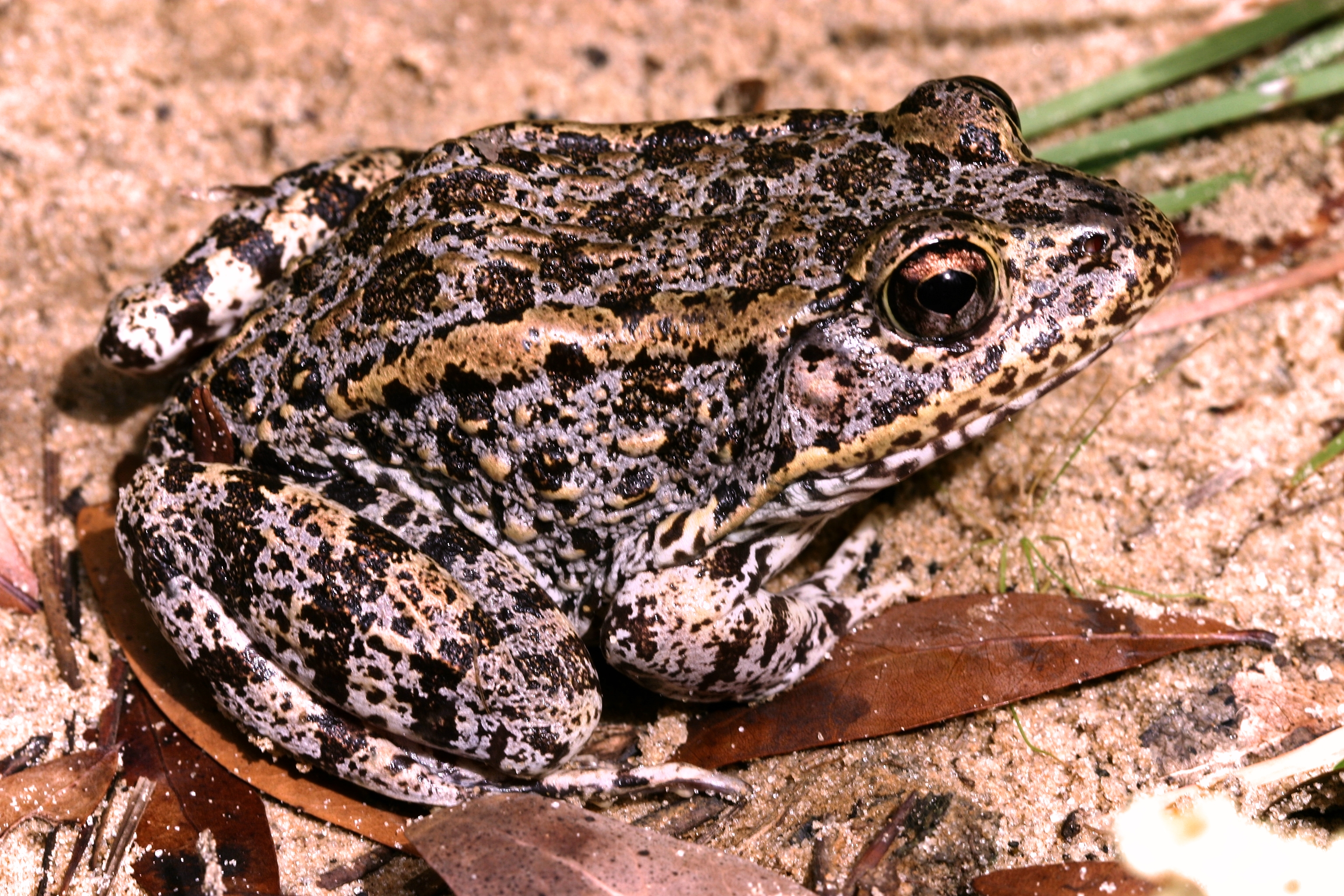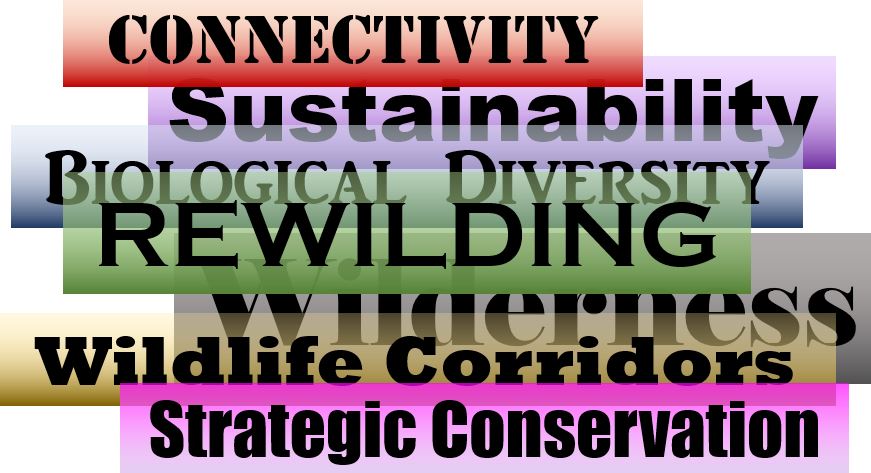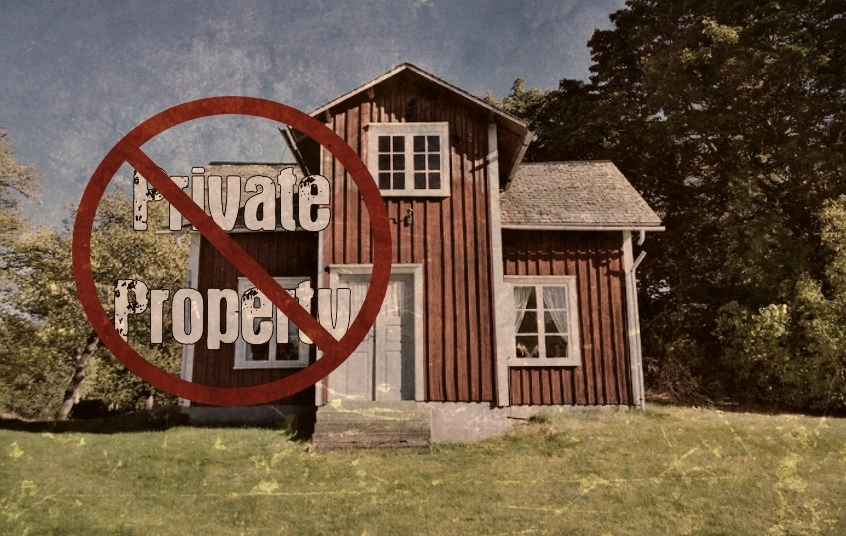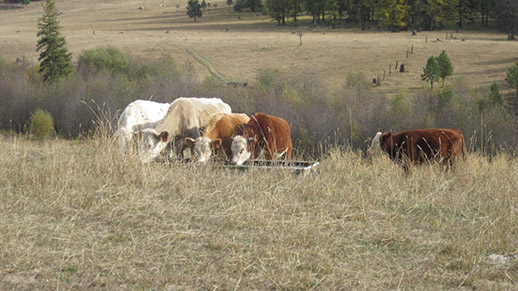The reason for the law’s mixed results is clear: It makes rare species a significant liability for landowners, rather than an asset. Consequently, landowners may preemptively destroy habitat to deter endangered species from moving in. They may also refuse to restore habitat on their property because of the regulatory burdens that would follow. Studies show that both have occurred.
Jonathan Wood
Commentary: Endangered Species Act reforms improve Incentives for landowners to recover species
This week, the departments of the Interior and Commerce issued significant reforms to their implementation of the Endangered Species Act. Although any change concerning this popular law generates understandable concern, many of these changes will benefit on-the-ground conservation by reducing conflict between regulators, property owners, and conservationists in favor of greater cooperation.
The Endangered Species Act has an impressive record of preventing extinction; 99% of protected species are still with us. But, disappointingly, the law has failed to also spur species recovery. Less than 3% of listed species have achieved that goal.
The reason for the law’s mixed results is clear: It makes rare species a significant liability for landowners, rather than an asset. Consequently, landowners may preemptively destroy habitat to deter endangered species from moving in. They may also refuse to restore habitat on their property because of the regulatory burdens that would follow. Studies show that both have occurred. Since the greatest threat to most species is the lack of suitable habitat, these anti-conservation incentives are a significant obstacle to recovery.
Fortunately, some of the reforms will better align landowners’ incentives with the interests of rare species. For instance, they reverse a 2016 change that encouraged the designation of uninhabitable land as “critical habitat” — a practice that generated much conflict but little conservation.
One of those conflicts led to the Supreme Court’s unanimous Weyerhaeuser decision last year. In that case, 1,500 acres were designated as habitat for the dusky gopher frog, which did not and could not live there. The designation threatened up to $34 million in costs for the landowners.
The species didn’t benefit either. Instead, the designation bred ill-will that discouraged landowners from agreeing to habitat restoration work. The new rules will make such designations less common, eliminating a source of conflict in favor of other, successful means of encouraging habitat restoration. For instance, the Nature Conservancy is working to restore habitat and recover the frog on its property, without threats or conflict.
The most significant aspect of these reforms is to fine-tune regulations to the needs of individual species, an approach adopted in response to rulemaking petitions filed by Pacific Legal Foundation. Prior to this change, the same burdensome regulations were imposed on landowners regardless of whether a species was critically endangered or faced only remote risks.
Free Range Report
Thank you for reading our latest report, but before you go…
Our loyalty is to the truth and to YOU, our readers!
We respect your reading experience, and have refrained from putting up a paywall and obnoxious advertisements, which means that we get by on small donations from people like you. We’re not asking for much, but any amount that you can give goes a long way to securing a better future for the people who make America great.
[paypal_donation_button]
For as little as $1 you can support Free Range Report, and it takes only a moment.



